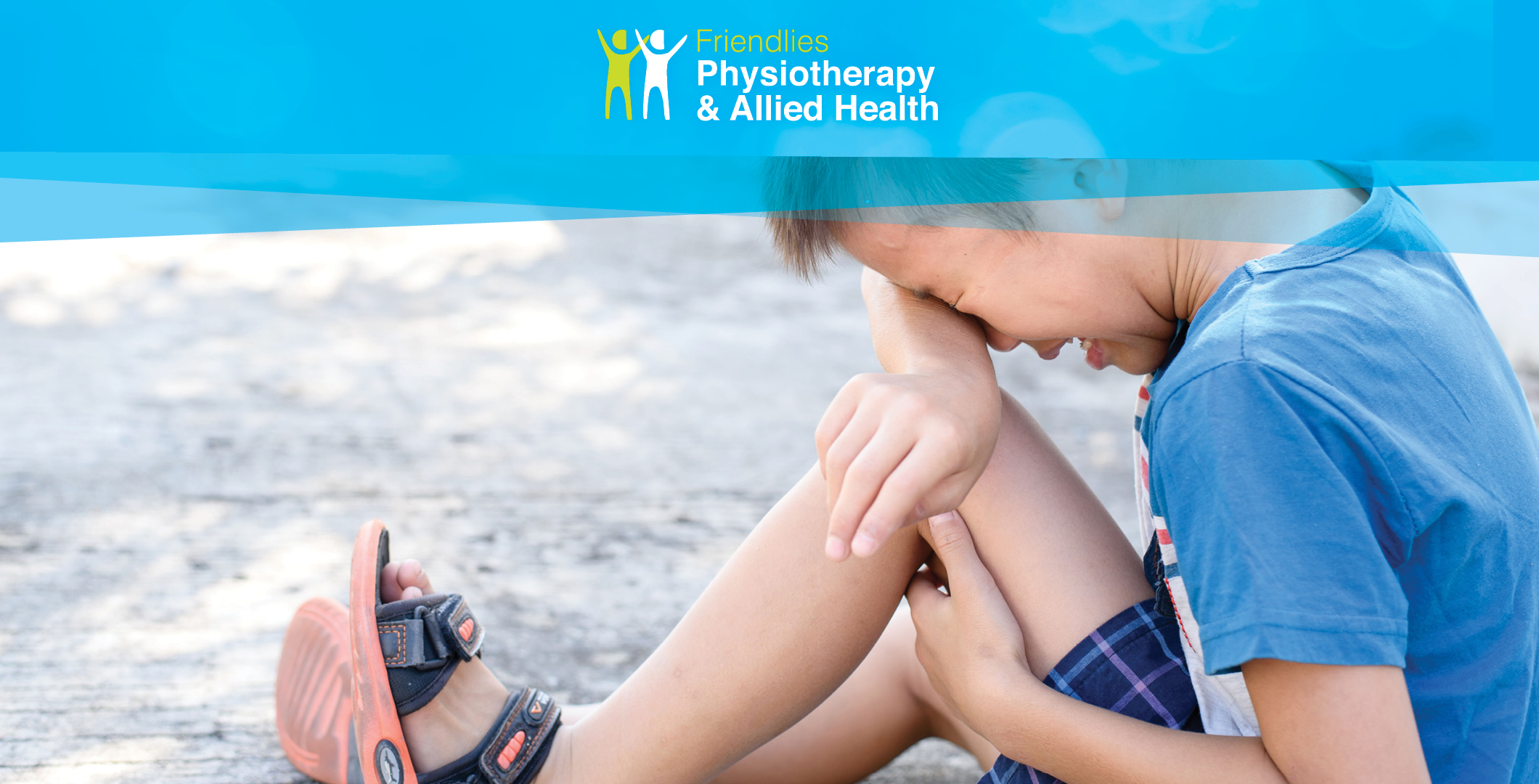
Growing Pains – Osgood-Schlatter and Sever’s Disease
Irritation of the growth plates in young athletes are relatively common and can be quite irritating for the eager athlete. The two most common in Australia is the top of the shin bone, just below the knee, called Osgood-Schlatter disease and where the Achilles’ tendon attaches to the heel called Sever’s disease. Both of these conditions are considered overuse injuries caused by exceeding the pressure the tissues can comfortably tolerate.
Why the growth plates?
Growth plates are made of cartilage which produces and releases bone on each side of it, making the bone larger. The cartilage is softer and more sensitive than bone which makes it more susceptible to pain and injury. Having pain associated with growth plates is most likely in the peak growth periods which can be anywhere from 9-17 for females and 10-18 for males.
What makes it sore?
More pressure on the growth plate than it’s used to will make it sore, but there are lots of factors that affect the likelihood of developing one of these conditions:
- Training more than usual (the start of a sports season)
- Doing too much of the one activity
- Not enough rest from activity
- Not enough sleep
- Not enough food for the amount of training or poor diet
- Being overweight
How is it diagnosed?
An examination looking at the sensitivity of the knee or heel along with a history of how and when the injury came about is usually enough to make a diagnosis. If it is unclear, x-rays or other imaging can be used to confirm the diagnosis or rule out other conditions.
How do you treat it?
Firstly, it’s important to understand what factors are contributing to the condition. Once these are identified, we get to work managing them. Most commonly, finding ways to reduce the amount of load (mostly running and jumping) on the structures while still achieving your fitness goals is a good start. If it’s the knee that is the issue, we can change shoes to add more cushioning or encourage the athlete to run more on their toes, utilising shock absorption at the ankle to decrease load at the knee. If it’s the heel we need to reduce the load on, we can lift the heel slightly by putting a wedge in the shoe or change the running or jumping style to land with weight further back on the foot. We also look at foot and knee posture during activities to determine if it is a contributing factor. It usually helps to strengthen the muscles around the unaffected joints so they can take more of the load.
Another way to avoid too much load on one structure is to include participation in different sports. Using different body parts can improve a variety of skills and reduce overuse injuries. Cross-training such as swimming or riding instead of running, or focussing on skill development and reducing some of the repetition or intensity will also be useful. Monitoring training and competition is often important as ongoing management to reduce fast increases in the amount of physical activity. Counting the overs bowled at cricket or the jumps completed at dancing or volleyball can make a large difference to the severity of symptoms.
Once the pain is starting to settle down a little, it can be useful to add in some strengthening exercises of the affected area to improve pain and function. It’s important that this is gradually progressed as tolerated, aiming not to make the symptoms worse.
In most cases, symptoms will settle in time with a combination of the strategies above. In severe cases, a period of significant rest may be required to allow the injured area to heal and for the pain to settle. In all cases, it’s important to encourage a safe return to exercise as the benefits of exercise far outweigh the harms. When managed correctly, these injuries won’t persist beyond the growth period so it’s important to reassure the sufferer that there will always be an end to the symptoms caused by these injuries.
Written by Mitchell Shorten.
To book an appointment with Mitchell or any of our Physiotherapists, contact us on 07 4331 1888, located at 102 Woondooma Street, next to the Friendlies Hospital.